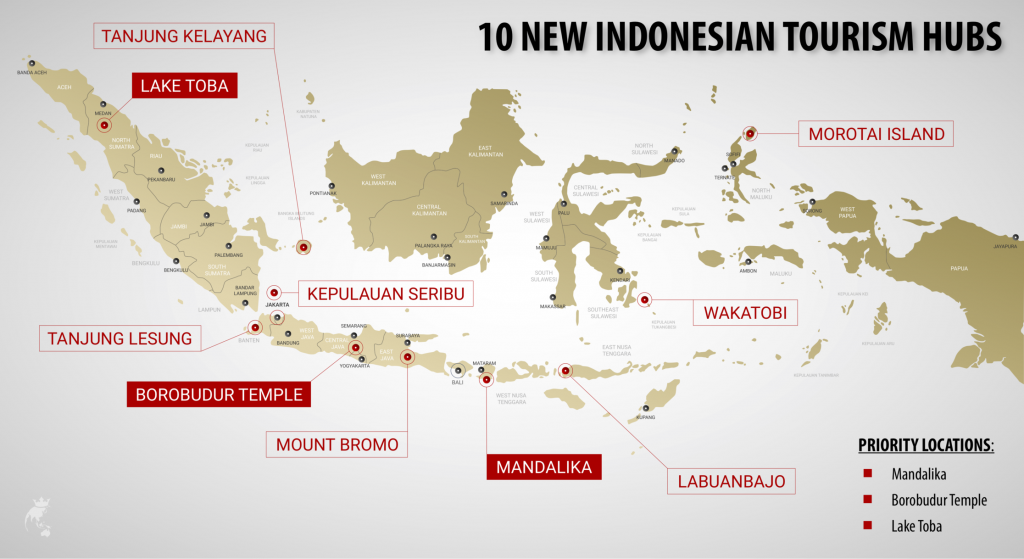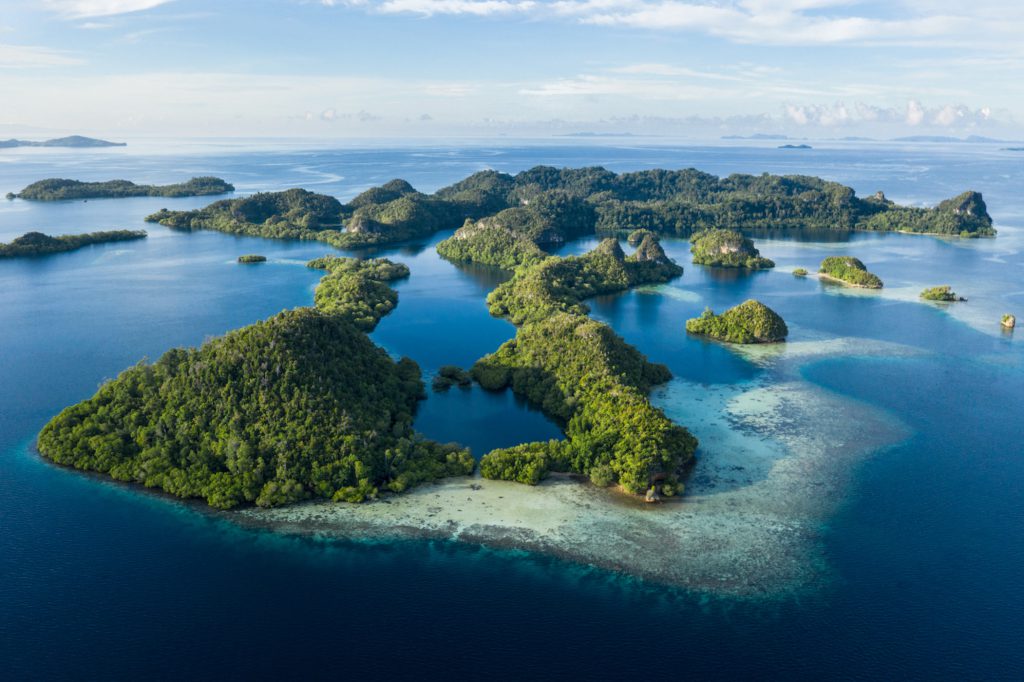Last month I attended the Australia Eastern Indonesia Tourism Forum in Makkasar to speak on a panel about impact investment in tourism.
A reoccurring theme was the Indonesian government’s 10 New Bali plan and what that means to the national tourism sector and regionals economies. The government is targeting 20 million foreign arrivals by next year and hopes tourism can account for eight percent of the nation’s overall GDP, generate US$18 billion in foreign exchange income, and employ 13 million people.

The exciting thing from a tourism perspective is the opportunity to attract visitors, particularly Australian tourists, beyond Bali into a country of diverse and rare landscapes rich with ancient cultures and tradition. Economically, the types of success Bali has seen will be more evenly distributed across the country, of which many areas are affected by poverty.
As an archipelago country of around 18,000 islands, close to half of its recognised territory is ocean (almost 3million km2), constituting a very large portion of the Coral Triangle – recognised as one of the most important marine ecosystems on the planet and home to around 75% of the world’s coral species. These waters and their stunning beaches are one of the main tourism drivers to the country.

Bali is the posterchild for economic uplift through tourism, but the same can’t really be said for its environmental impact. Corel degradation, marine plastics, adequate drinking water and insufficient waste water treatment are all very real issues threatening Bali and its surrounding waters.
http://theconversation.com/indonesia-vows-to-tackle-marine-pollution-74038
As the 10 New Balis Scheme is rolled out, the challenge will be ensuring this is done in a measured and sustainable way to ensure this extraordinary and sensitive marine ecosystem, and the 2.8 million households that depend on it for a livelihood, are protected.
Ultimately, the art will be ensuring you don’t kill the goose that lay the golden egg.


 By Tom Palmer, April 19, 2019
By Tom Palmer, April 19, 2019